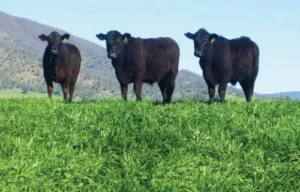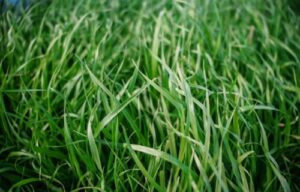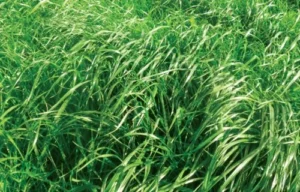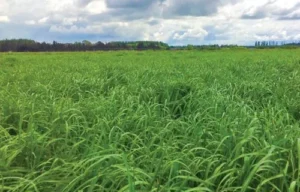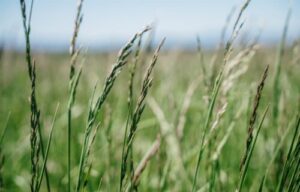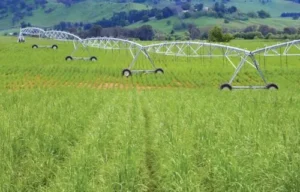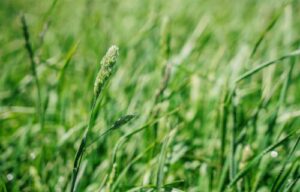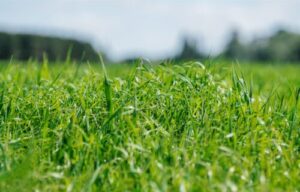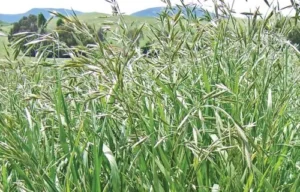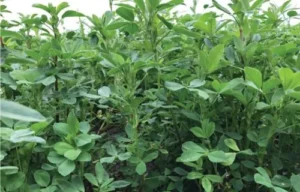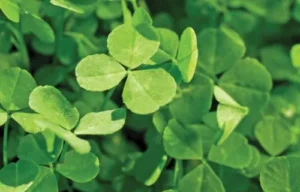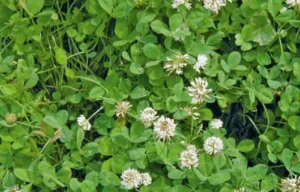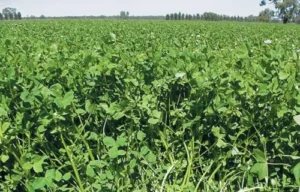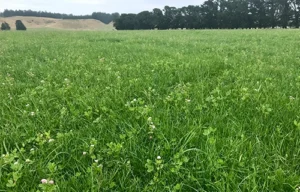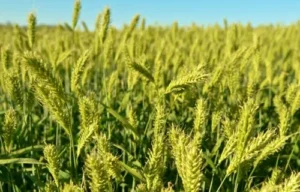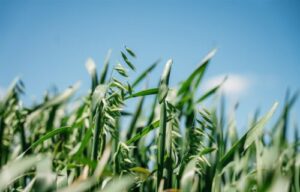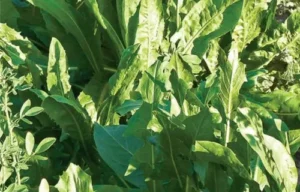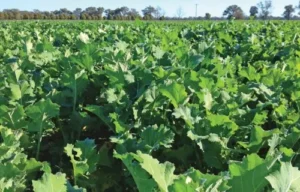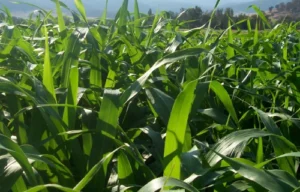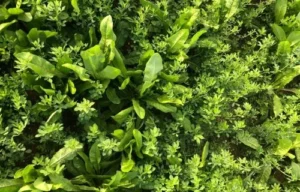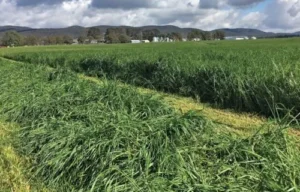Nandu
Brome
Nandu is a very productive, South American-bred grass with strong autumn and winter growth.
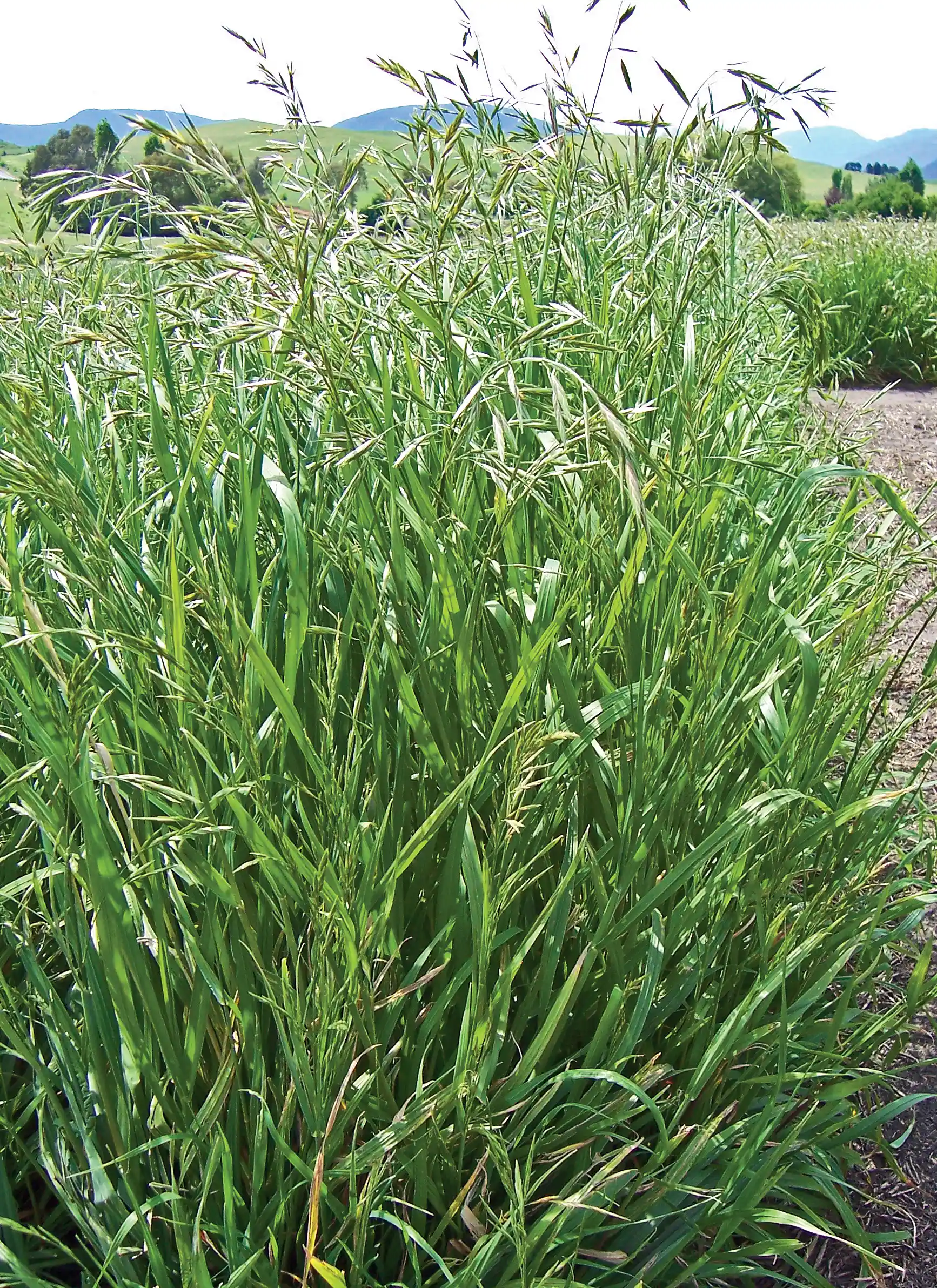
Scientific Name

Bromus stamineus
Sowing Rate

20 – 30 kg/ha
Blend Rate

10 – 15 kg/ha
Seed Size

100,000 – 110,000 seeds per kg
Source: Pasture varieties used in NSW 2006-2007, Bev Zurbo, 2006
Activity
Nandu is a valuable winter feed producer which provides bulk feed throughout the season.
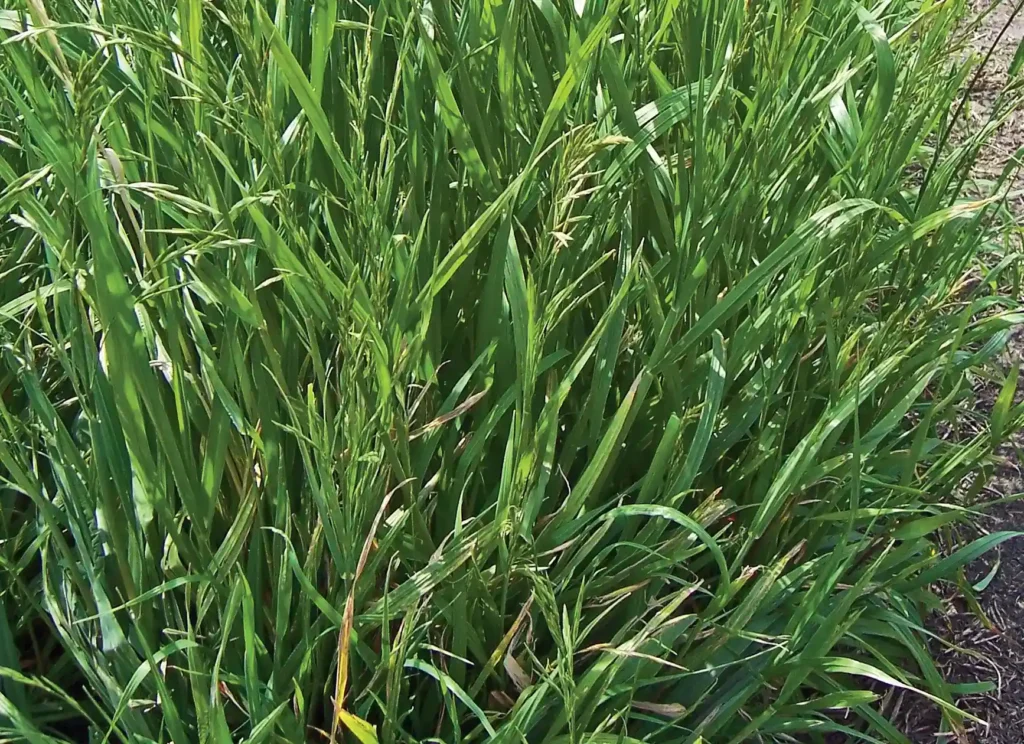
Key Features
Establishes quickly and regrows rapidly after grazing
Tolerant of set stocking and horses
Resistant to Argentine stem weevil
High levels of digestibility and ME
Plant Characteristics
A prolific seeder that recruits new plants strongly
Densely tufted with relatively fine leaves, and dense fine tillers
Excellent early vigour and a prostrate growth habit
Where can I grow it?
Grows best in areas of more than 600mm annual rainfall
Some summer rainfall will significantly improve persistence
Frequently Asked Questions
Soil Type
Nandu is suited to a variety of soils from light to heavy texture, but prefers well drained soil types. To maximise stand productivity, soil testing is advisable. Analyse soil and neutralise deficiencies with fertiliser and/or lime. The ideal soil pH for grazing bromes is 4.8-7.0 (CaCl2).
Fertility
Nandu requires good base rates of phosphorus for maximum DM production especially during the establishment phase. DM production is directly related to nitrogen availability so topdress Nandu with urea when it is established to increase bulk of feed. Consult your UMS agronomist or fertiliser advisor for nitrogen application rates.
Sowing
Nandu should be sown no deeper than 2.5cm. Sow at 20 – 30 kg/ha alone or at 10 – 15 kg/ha when a component of a pasture blend. Avoid sowing with slow establishing species, such as phalaris or fescue, because grazing brome may compete too heavily. Nandu is suitable for oversowing into an established stand or direct drilling, due to its competitive nature and large seed.
Disease and Pest Management
Nandu has good Argentine weevil tolerance from the seedling stage right through to maturity. During emergence it is essential to monitor regularly for damage from insects and spray as required. Inspect during early stand life for populations of black-headed cockchafer and slugs. Contact your UMS agronomist for spray application rates.
Weed Control
Always use knockdown herbicide to ensure you are sowing into a clean seedbed. Monitor for post-emergent weeds and spray as required. Use options such as spray-grazing for broadleaf weeds once the stand is established.
Grazing
Do not graze Nandu until the plant is well anchored and root depth is established. Carry out a quick in-paddock ‘grab test’ by hand to ensure stock cannot pull plants out of the ground. Nandu ideally requires rotational grazing but will cope with set stocking if necessary. It should be allowed to set seed to optimise new plant recruitment and improve persistence.
Feed Quality
Brome grass is highly palatable, providing valuable autumn and winter feed with high levels of ME and protein.
Animal Health
To optimise livestock weight gain and health, ensure livestock are vaccinated and drenched. To prevent nutritional problems, make gradual diet changes when introducing hungry stock to lush pastures. Contact an UMS agronomist for more information.

